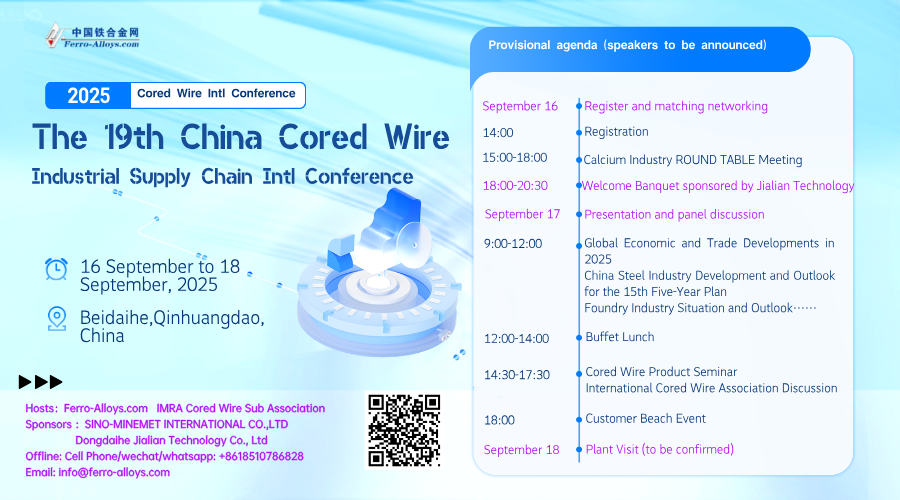[Ferro-Alloys.com]Some Chinese steel mills are responding to the strong domestic scrap price by switching back to using higher proportions of iron ore in the burden mix. An S&P Global Platts analysis of the relationship between iron ore and scrap prices shows that there has been a significant divergence for the first time since 2013. The fast-rising scrap market has outpaced iron ore prices, making iron ore the most cost-effective raw material for mills.
Based on the analysis, domestic scrap is statistically $31/mt overvalued, when compared with iron ore (using historical pricing data from May 2013 to February 2018).
The interplay of iron ore and steel scrap in China is seen as a barometer of the health of the two predominant steelmaking routes – blast furnace and electric arc furnace – and can suggest which route may have the upper hand in terms of competitiveness. The scrap market tends to move in line with iron ore in China.
Over the past five years, the price differential between domestic scrap and iron ore imports has averaged $200/mt. However, since scrap prices began to elevate precipitously in October 2017, the differential increased to a high of $332/mt in late December.
The premium is currently above $300/mt despite a moderate price correction recently.
There are several fundamental reasons for the elevated scrap price.
Firstly, steel mills are flexible when it comes to altering their burden mix, with the emphasis on minimizing input costs and maximizing margins.
Demand for scrap increased as prices tumbled following China’s removal of 140 million mt/year of induction furnace capacity in 2017.
This freed up a lot of domestic scrap (some 200 million mt, according to the China Metallurgical Industry Planning Institute), and even resulted in some scrap exports from China, although these have now largely ceased.
Secondly, mounting environmental pressures on sintering and blast furnaces have incentivized mills to use more scrap in the basic oxygen furnace and increase EAF construction and usage.
It is estimated that China will be adding at least 20 million mt/year of EAF production in 2018, which will be fed almost exclusively with scrap.
Lastly, the US government’s Section 232 probe into steel imports has boosted sentiment. If US mills lift their utilization rates, this will result in fewer scrap exports.
Mills have therefore frontloaded demand for scrap in anticipation of a potential tightening of the market from the second quarter of 2018 onwards.
With a strong positive price correlation of near 90% it is statistically probable to expect a convergence using linear regression.
Based on S&P Global Platts analysis of the relationship between iron ore and scrap prices since 2013, at current scrap prices, iron ore should theoretically be valued at around $106/mt.
Based on current Platts 62% Fe benchmark levels, it means that iron ore is undervalued by approximately $31/mt, or alternatively, that scrap is overpriced by the same amount.
The beauty of this model is that with the confidence intervals (95% confidence Interval equal to two standard deviations) traders will be alert when they are near relative high or low levels.
Should the two markets converge at some point, it will likely be due to a weakening scrap market, or a strengthening iron ore market, or both.
Notwithstanding a positive market outlook for steel scrap, we have shown in the table the implied “fair value” based on data from 2013 to the present, with four key scenarios around iron ore prices that are determined by the potential development of the scrap market through 2018:
Article from Internet for reference only
- [Editor:Jiang Li Juan ]



 Save
Save Print
Print Daily News
Daily News Research
Research Magazine
Magazine Company Database
Company Database Customized Database
Customized Database Conferences
Conferences Advertisement
Advertisement Trade
Trade














 Online inquiry
Online inquiry Contact
Contact

Tell Us What You Think